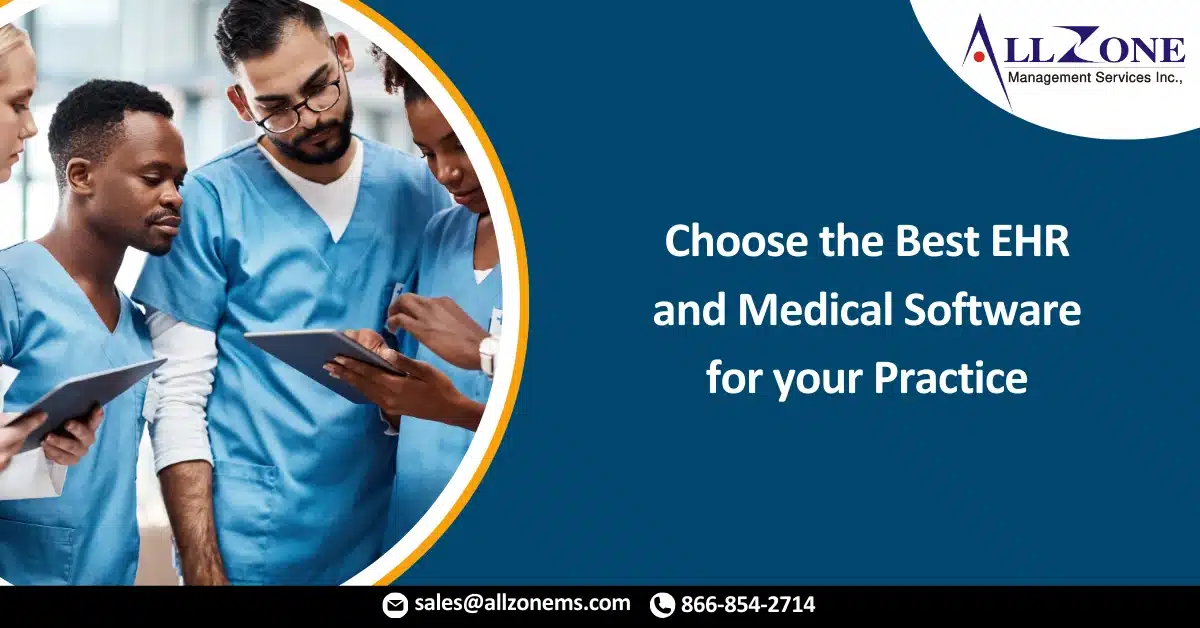Diverse medical software — EHRs, billing software, patient relations tools — has already become essential for the efficient operation of any healthcare provider, be it a cross-state healthcare network or a small private practice. Though providers can probably make use of any type of medical software, the financial resources they can invest in medical solutions differ significantly based on the type of practice.
There are numerous healthcare providers’ classifications. In this article, we use the one that divides providers into groups depending on the life cycle stage the clinic is at the given moment. According to this classification, medical providers fall into three groups:
- Beginners
- Growing clinics
- Well-established providers
Healthcare providers are business entities, so their life cycle, like that of any business, consists of the early stage or launch, growth, and maturity. At each stage, providers have different priorities and goals, and the choice of medical software solutions should be made accordingly.
Medical software for beginners
The launch phase can be tough. At this stage, the profits are usually low and providers may even incur losses. Hence, they need tools that would enable efficient work at this point, such as an EHR solution, a patient scheduling tool, and billing software. Those tools can make a solid foundation for any clinical operation.
An EHR tool stores patient health data, including medical histories, lab data, and more. This information is paramount for accurate diagnostics. Scheduling solutions allow providers to coordinate patients’ appointments with clinicians’ schedules and the available rooms, thus preventing confusion and ensuring time- and cost-efficiency. Billing software automates billing and filing insurance claims and helps manage them. Such software can also inform users about upcoming deadlines on document submission or payments. With those solutions in place, a clinic can function properly and provide due treatment and care.
Medical software for growing clinics
At the stage when the profits are stable, providers are aimed at increasing their customer base. This is when mobile technologies may be of help. As of 2021, 85% of the US population own a smartphone. This means that medical providers can consider integrating some engaging mobile apps in their practice. The experts recommend setting off with a mobile-friendly patient portal, as it allows providers to build strong relationships with their patients.
Using the portal, a patient can view, download, and send their health information to selected practitioners. They can also view and suggest edits to their treatment and medication plans, which improves their treatment adherence. While patients manage their health independently, doctors can always be around to supervise.
Experts recommend setting up a telemedicine solution after launching a portal. Telemedicine tools worked like life vests for medical providers during the pandemic outbreak, offering an opportunity to deliver care without virus exposure. Though the crisis is subsiding, telemedicine tools remain relevant. They can prove to be valid solutions for non-urgent care provision for busy professionals, chronic-condition patients, and people from remote and rural locations.
Medical software for well-established providers
At this stage, all clinical processes are up and running. However, their course is not always smooth and trouble-free, so there is a need for process optimization. Direct messaging solutions and speech recognition software can speed up clinical processes and even reduce clinicians’ burnout rate. According to a recent poll by Medical Economics, about 80% of respondents struggle with it. Curiously, it’s not the pandemic that is to blame here. Instead, the burdens are caused by the complexity of administrative tasks. So how can technology help reduce the burnout rate? Direct messaging solutions and speech recognition tools are relevant for this matter.
Direct messaging solutions ensure secure health data transmission across a private network run by a Health Information Service Provider (HISP). Healthcare providers use direct secure messaging to send referrals, transfer patient care plans, and communicate with patients. Such tools are HIPAA-compliant and support confidentiality of patient-doctor communication. Those tools save clinicians a lot of time and effort on secure data sharing.
As for speech recognition software, the tools transform speech into text, thus allowing clinicians to save time on tasks like taking patient notes.
Well-informed decision-making is often the key success factor in healthcare, and analytics solutions can bring this process to a new level. While such tools are optional for beginners, they are a game-changer for well-established providers. Analytical tools help improve health outcomes for diverse patient populations, speed up some operational aspects, and enhance the quality of medical research.
For More Information: https://www.medicaleconomics.com/view/choose-the-best-ehr-and-medical-software-for-your-practice

